|
Camping in the cockpit karst of the Dominican Republic needs one thing...water. So much of the area is under-drained that you can walk a long way before finding surface water. But, when on a caving expedition, just find the nearest stream cave! We camped quite close to Cueva Llanada Grande, and there is a Los Haitises National Park outpost nearby as well, because of this clean running water. And it is only a few hours hike from the nearest road.
1 Comment
D. Scott Jones in a low-ish airspace crawl in Cueva Llanada Grande in the cockpit karst of the Dominican Republic.
I am selling a few fossil insects in amber on Ebay so had this photo handy. This one is quite an attractive little thing. Depending on what study you believe, it is either around 40 million years old or 25 million years old. Old either way.
As a blizzard arrives here in Virginia, my thoughts are going south to the Caribbean. Catalina Island off the south coast of the Dominican Republic would be just the kind of spot to be right about now.
Yesterday I got rained out trying to get a pic. Similar bit today. So let's go way back and here is a photo of Barbara am Ende from 15 years ago.
I had a chance to fly over the cockpit karst of the Dominican Republic, back around 1999. This is one of the photos. It is an amazing bit of geography and I mapped some caves within it.
But it is quite difficult to adventure into such terrain, and not a simple bit of exploration. I think this aerial view gives a great shot of what the cockpit karst looks like, and probably some idea of how hard it was to work here. The Dominican Republic has a ton of caves. Here is a photo from Cueva Fito Santo. A long time ago, Don McFarlane and I visited the obscure Cueva Nay in the Dominican Republic. Here is a photo I took back then, and have scanned to make it digital.
While I am only very slowly scanning slides from the days of yore, another theme that I had back then was animal camouflage. I would take a pic from further away and then another close enough to see what was going on more clearly. This worked pretty well with slides in an auditorium, and I gave a number of talks on the subject using my photos. Put up the first slide and ask the audience to find the animal, then put up the second slide to show it better. And then talk about the various camouflages used by animals along the way. I don't think this will work nearly as well on the blog, unless I put the second photos way down the page. And, looking at photos on a computer gives a whole lot better look than on a screen many feet away in an auditorium, so should be much easier to find things in the first photo. But I do have a large number of such photos, and will put some on the blog as I get time to scan more. First up: Many of my slides have written on them the locations involved, people visible, dates, etc. But sadly, not all of them are detailed enough. While the first pic is known to be from the Dominican Republic, I didn't note where in the DR the pic was from or the date (so can't go back to my field notes and figure it out). To identify the animal in the pic, that might be necessary information. And as for the second photo, I have almost nothing to go on. Likely, I took a series of photos (slides) of this animal and on one I labeled it completely with date and location, but now this slide is by itself and its close-up twin in my "camouflage" file. The slide with all the useful data is likely elsewhere in my slide collection, which has some 15,000 slides and is stored in numerous containers. So enough babble to try and make the close-up photos further down the page. Or maybe I should tell a joke or wax poetic about something funny. Nah, just have a look at the close-ups and see if you figured them out. The camouflage is likely designed to mimic ground detritus. It's pretty good at blending in with the moss but a few more recently dead leaves would probably make it disappear as the parched dead leaves aren't even brown anymore. Double deal here, with the green snake almost the exact color of the leaves and the frog the same color as the dead leaves. But snakes are efficient predators, and here the frog lost even with its camouflage.
Many of my caving pictures are on slides, and scanning such pictures has always been troublesome. But the scans can be boiled down to reasonably good pics at small size. Here is a slide scan that seems reasonable enough after a bit of post processing. The big downside of scanned slides is that they don't include any information about the cave, caver, date, or similar. While this info was on the slide, it has to be put into the filename or other picture data after scanning, which is time-consuming.
So, I "think" this photo was taken in Cueva Rancho de la Guardia, but would have to find the original slide to be sure. |
AuthorKeith Christenson - Wildlife Biologist Categories
All
Author
Keith Christenson Wildlife Biologist Archives
September 2021
|
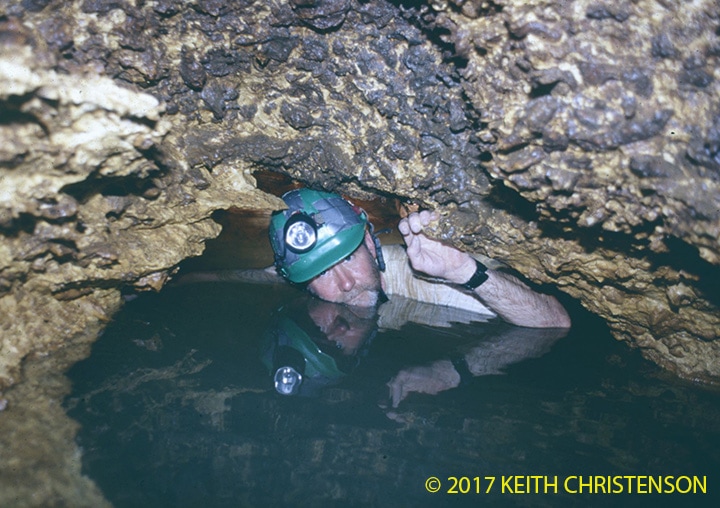


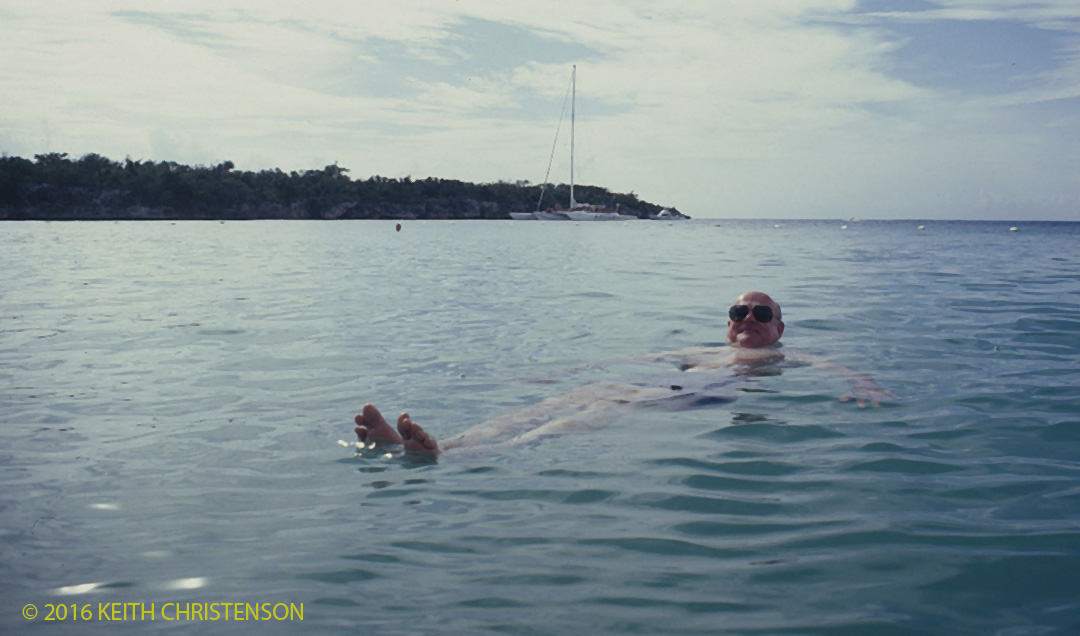




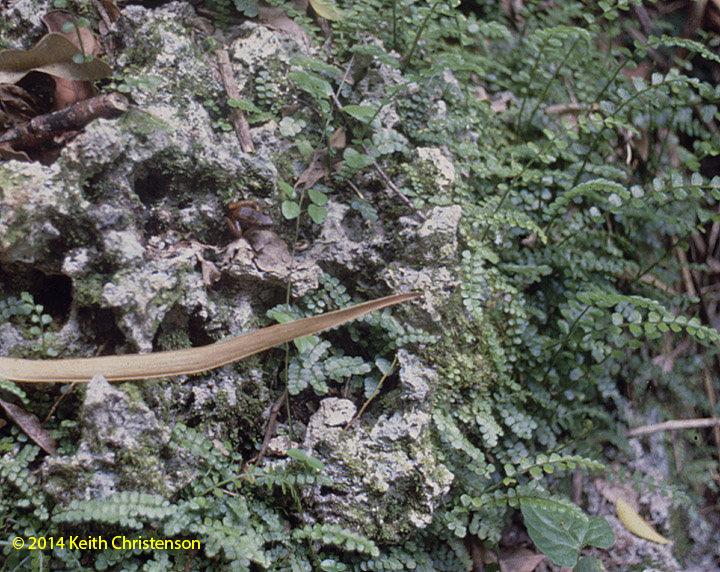

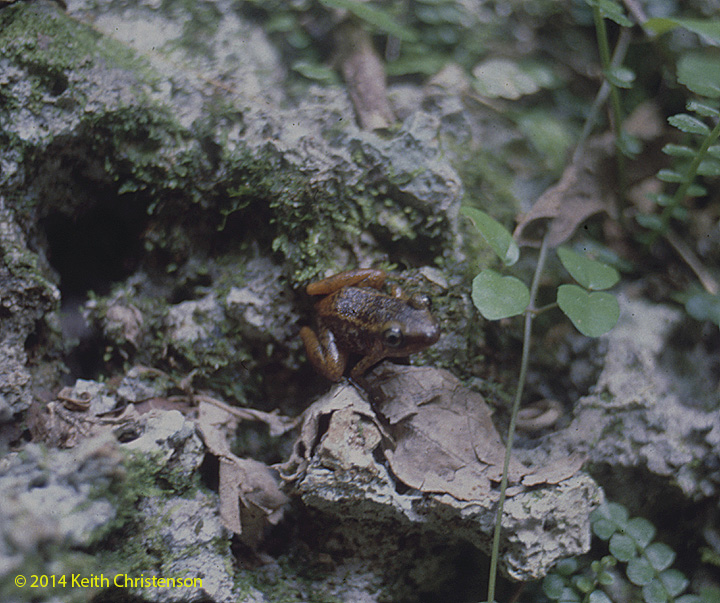
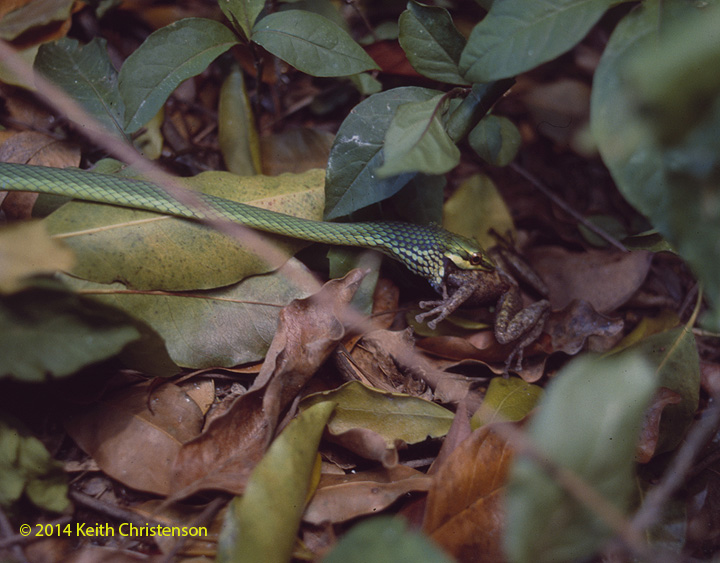
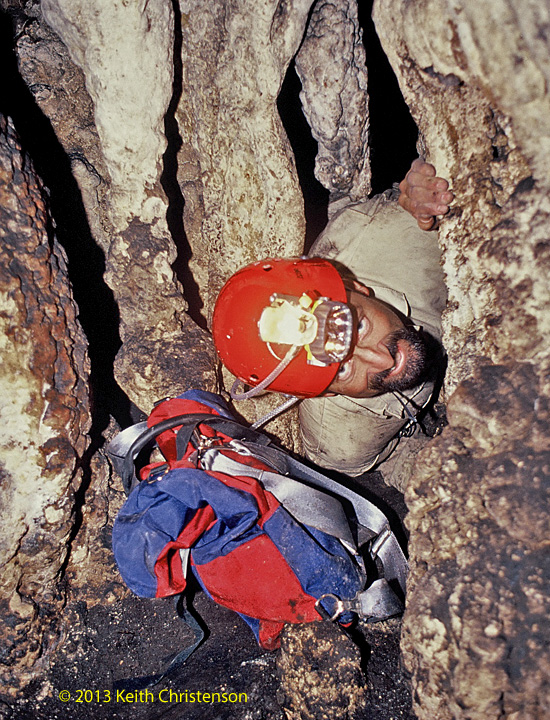
 RSS Feed
RSS Feed